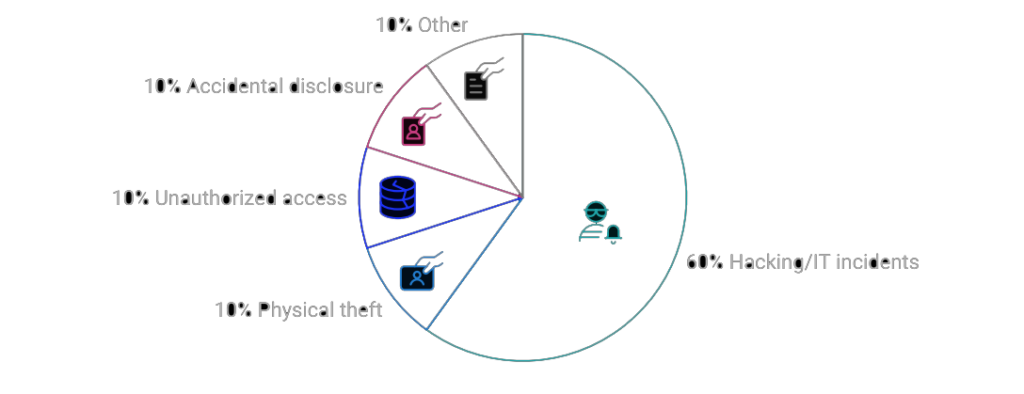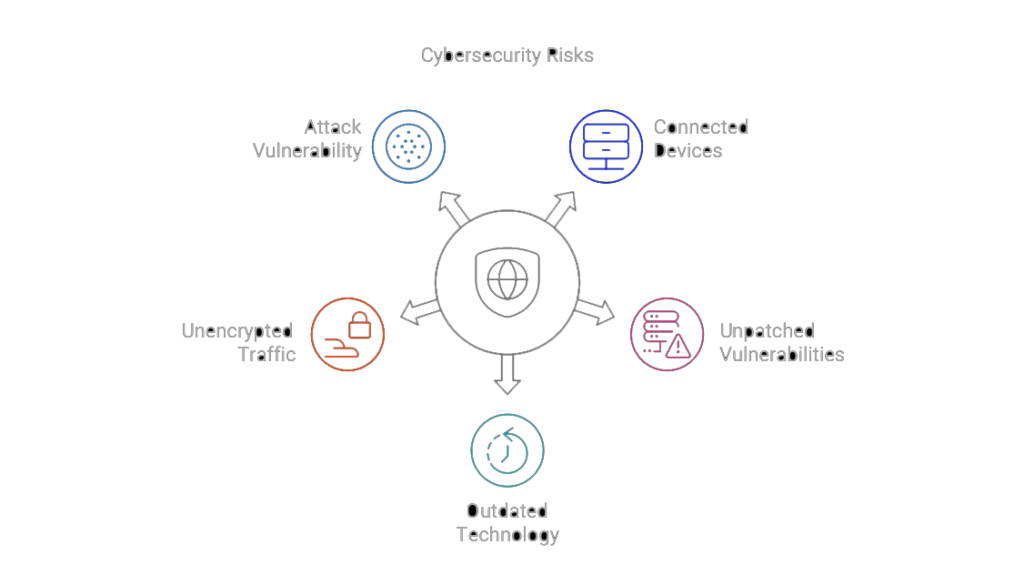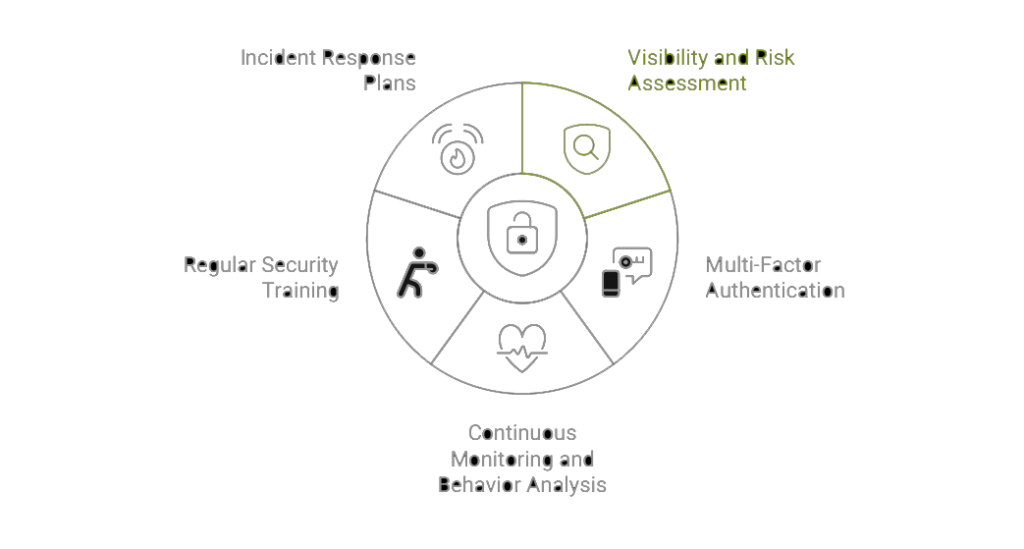The healthcare sector continues to face significant challenges regarding data security, as highlighted in the August 2024 Healthcare Data Breach Report.

The healthcare sector continues to face significant challenges regarding data security, as highlighted in the August 2024 Healthcare Data Breach Report. This report provides a comprehensive overview of the current state of healthcare data breaches, emphasizing year-over-year (YoY) comparisons that reveal troubling trends.
The report indicates a 32% increase in healthcare data breaches from 2023 to 2024, with a total of 1,200 reported incidents this year compared to 908 in the previous year. This surge underscores the escalating threat landscape within the healthcare industry.


As healthcare organizations strive to enhance their cybersecurity posture, they encounter several challenges that exacerbate vulnerabilities :

The repercussions of these breaches extend beyond immediate data loss. The financial implications are severe, with healthcare organizations facing an average cost of $4.45 million per breach, a figure that has risen from $3.86 million in 2023. This increase reflects not only the costs associated with remediation but also the potential for regulatory fines and loss of patient trust.
Given the alarming trends identified in the report and the challenges faced by the industry, healthcare organizations must prioritize robust cybersecurity measures: • Visibility and Risk Assessment of All Medical and IoT Devices: Organizations should implement comprehensive visibility tools to assess risks associated with medical and IoT devices continuously. • Implement Multi-Factor Authentication (MFA): Enforcing MFA can significantly reduce unauthorized access risks. • Continuous Monitoring and Behavior Analysis: Establishing continuous monitoring systems enables organizations to detect anomalies in real-time and respond proactively to threats. Behavioral monitoring can identify suspicious activities across networks and endpoints before they escalate into serious incidents. • Regular Security Training: Continuous training for employees on recognizing phishing attempts and other social engineering tactics is crucial. • Incident Response Plans: Developing and regularly updating incident response plans can help organizations respond more effectively to breaches when they occur.

The findings from the August 2024 Healthcare Data Breach Report highlight the urgent need for enhanced security measures within the healthcare sector. With a notable increase in both the number of breaches and individuals affected, organizations must take proactive steps to safeguard sensitive patient information. By adopting comprehensive security strategies and addressing industry challenges, healthcare providers can better protect themselves against the evolving threat landscape.
Share :

Assess. Measure. Fortify.
Keep Your Assets Safe With Our
Cutting-Edge Cybersecurity Solutions.
Developed by HACKTRONIAN